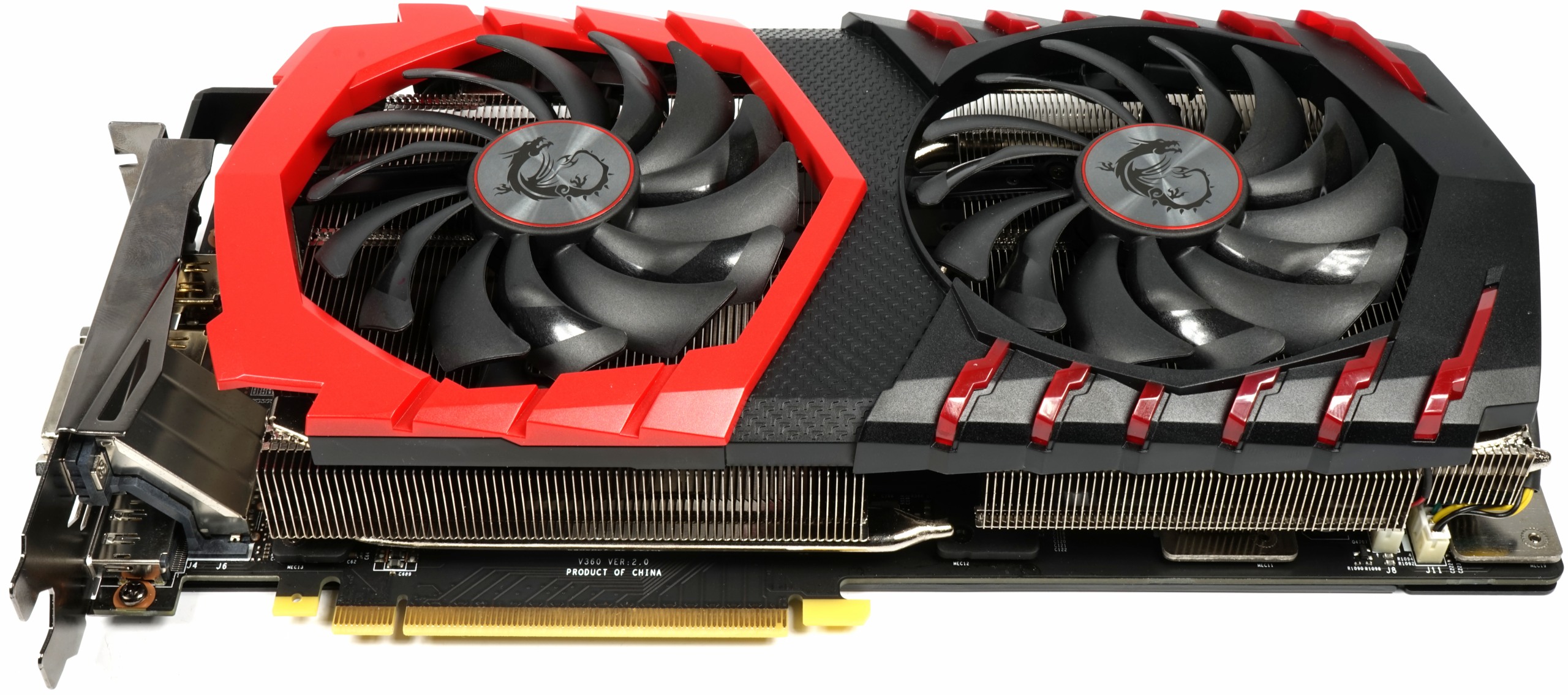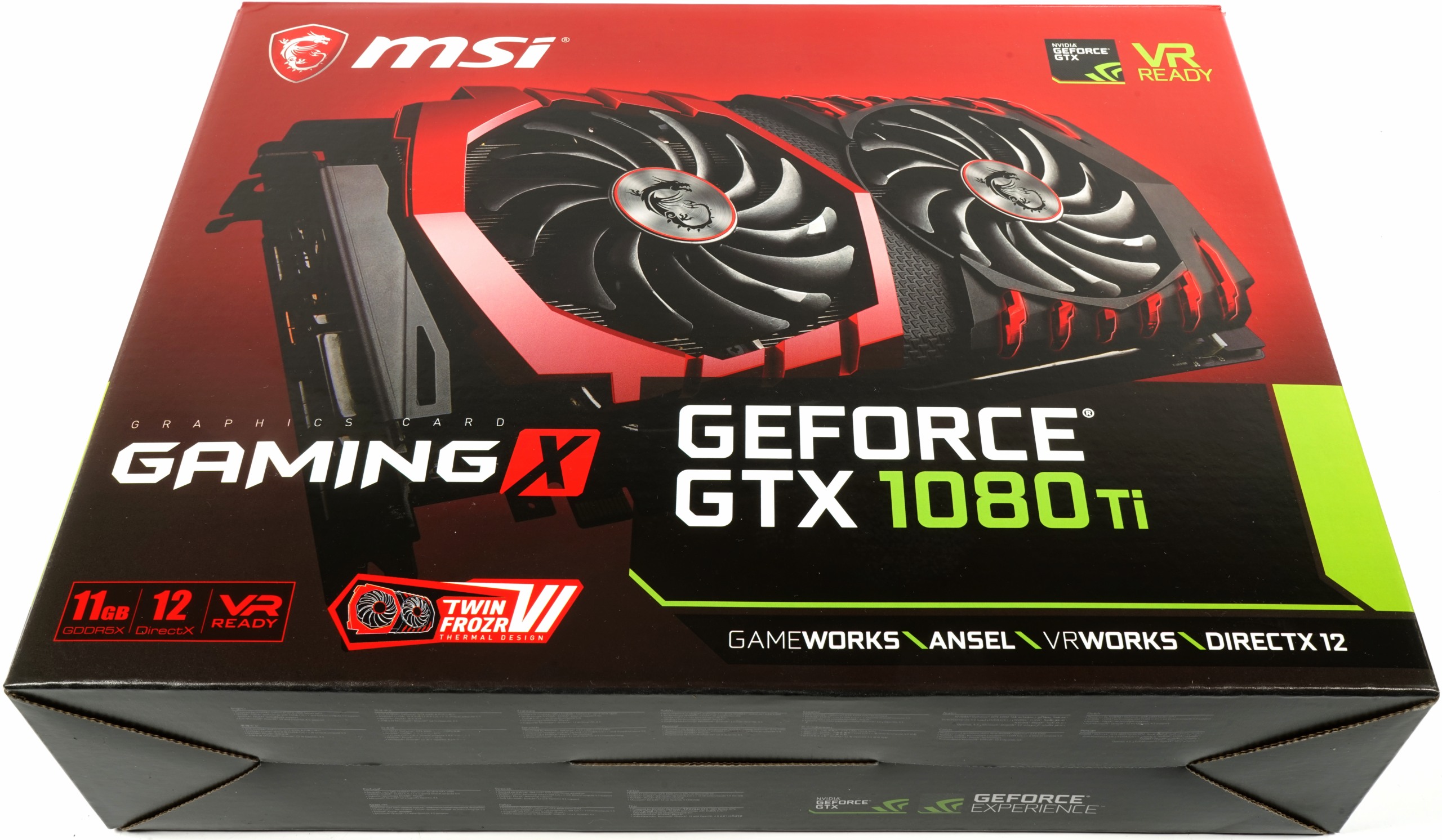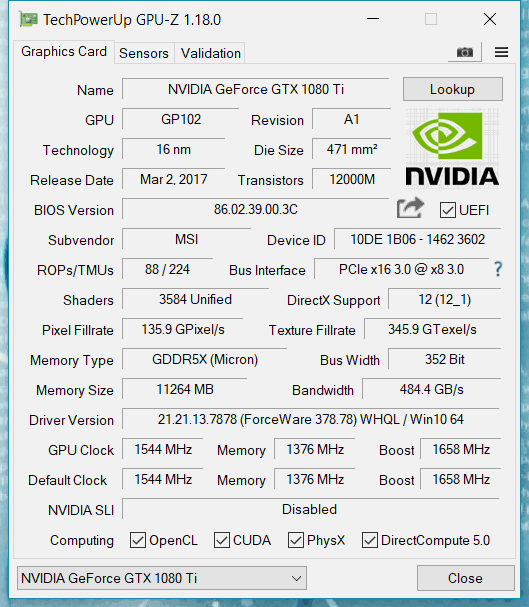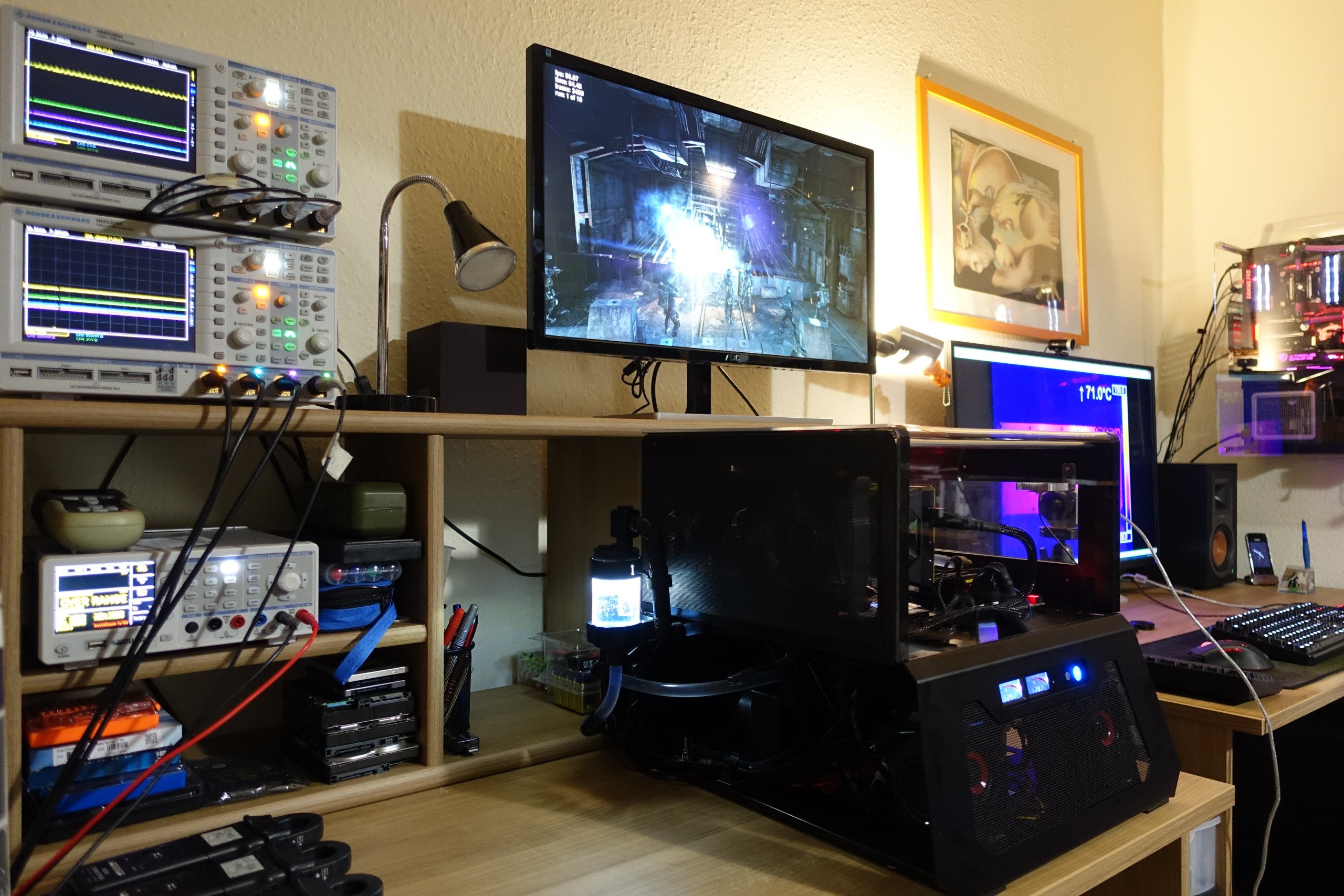Early Verdict
This is a big, expensive graphics card, but we're giving it a recommendation anyway. MSI does a good job of maintaining balance between performance and acoustics with its default settings. On the other hand, it went the extra mile with a highly effective cooling solution that addresses the shortcomings we identified when we reviewed the GeForce GTX 1080 Gaming X 8G. Sure, a whopping 2.7 pounds (1.2 kilogram) of weight is killer, especially if you plan to ship your assembled PC anywhere. But there are plenty of support brackets you can add if stress on your PCIe slot is a concern. In fact, it would have been nice to see MSI bundle one in this card's packaging. In addition to a recommendation, we might have been compelled to dust off our highest-level award for the occasion.
Pros
- +
Fast
- +
Quiet
- +
Well-built cooler
Cons
- -
Large
- -
Heavy
- -
Expensive
Why you can trust Tom's Hardware
MSI GeForce GTX 1080 Ti Gaming X 11G Review
MSI doesn't do the understated approach. The company likes to add a little extra whenever a reference specification looks too conservative. And why not, as long as there's value to tap into? In the case of Nvidia's GeForce GTX 1080 Ti, we're already talking about the very highest-end graphics card available, short of Titan Xp. But MSI arms its interpretation with an available ~330W power target and a massive cooler, giving us reason to be optimistic about this board's prospects.
Since the actual performance of any third-party card depends on the GPU Boost frequency it can sustain, and thus on cooling, power limits, and processor quality, any review that relies on bar charts is little more than a snapshot of a single specimen. That's why we're putting our emphasis on the actual implementation of each model. To that end, a lot of equipment goes into thoroughly documenting a graphics card's behaviors. If you'd like a peek at what goes into such an evaluation, check out our Nvidia GeForce GTX 1080 Ti 11GB Review. It makes for a good baseline on which MSI builds.
Specifications
The Package, Dimensions, and Interfaces
MSI doesn't aim for the absolute highest overclocked frequencies possible, even if the software-selectable ~330W power target makes room for aggressive tuning. It's our job, then, to figure out how well the substantial cooler copes (or doesn't cope) with GP102's excess heat.
Compared to MSI's GeForce GTX 1080 Gaming X (without the Ti), this card is quite a bit heavier. We're not surprised, though. In our Nvidia GeForce GTX 1080 Graphics Card Roundup, we found problems with the way MSI cooled its voltage converters and memory modules. So it's only natural that the company made improvements between then and now.
With an impressive weight of 1.253kg, a moderate length of 27.9cm (measured from the outer edge of the slot bracket to the end of the shroud), a height of 13.5cm (from the top of the motherboard slot to the upper edge of the cover), and a width of 4.57cm, this effectively three-slot card is a bulky beast. Additionally, it requires an extra 0.5cm of space in the back; keep that in mind if you're using a large CPU cooler.
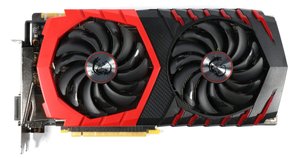
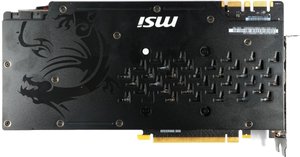
The fan shroud's mix of red and black plastic is a matter of taste. But it religiously follows MSI's corporate design, so you know what you're getting one generation after the next.
Up top, there's a back-lit MSI logo and printed GeForce branding. Two eight-pin power connectors are positioned at the end of the board and rotated by 180°.
Get Tom's Hardware's best news and in-depth reviews, straight to your inbox.
A look at the end and bottom of the GeForce GTX 1080 Ti Gaming X 11G reveals that its fins are oriented vertically. They won't allow any waste heat to exhaust out the back. Instead, hot air is pushed from the top and bottom, warming up other components in your case, along with your motherboard underneath. As such, this design decision is rather counterproductive.
We spy another, more pleasing detail: MSI took past feedback to heart and integrated a real VRM heat sink in its large cooler.
The end of the card reveals three 6mm heat pipes and a single 8mm one for the right part of the cooling structure.
The slot bracket features five display outputs, of which a maximum of four can be used simultaneously in a multi-monitor setup. In addition to one dual-link DVI-D connector, the bracket also hosts two HDMI 2.0b ports and two DisplayPort 1.4-capable interfaces. No doubt, this is a nod to Rift and Vive owners who need at least one HDMI output for their HMD. The rest of the slot plate is dotted with openings for airflow, though they're not functional due to MSI's fin design.


A GPU-Z screenshot provides the most pertinent technical information, even if the GPU Boost values we observed were much higher than MSI's official specifications.
| Header Cell - Column 0 | NvidiaTitan X (Pascal) | NvidiaGeForce GTX 1080 Ti FE | MSIGTX 1080 TiGaming X 11G | NvidiaGeForce GTX 1080 FE | NvidiaGeForce GTX 980 Ti |
|---|---|---|---|---|---|
| GPU | GP102 | GP102 | GP102 | GP104 | GM200 |
| CUDA Cores | 3584 | 3584 | 3584 | 2560 | 2816 |
| Base Clock Rate | 1417 MHz | 1480 MHz | 1544 MHz | 1607 MHz | 1000 MHz |
| GPU Boost Clock Rate | 1531 MHz+ | 1582 MHz+ | 1658 MHz | 1733 MHz+ | 1076 MHz+ |
| Memory Size and Type | 12GB GDDR5X | 11GB GDDR5X | 11GB GDDR5X | 8GB GDDR5X | 6GB GDDR5 |
| Die Size | 471 mm² | 471 mm² | 471 mm² | 314 mm² | 601 mm² |
| Process Technology | 16nm | 16nm | 16nm | 16nm | 28nm |
| Transistors | 12 billion | 12 billion | 12 billion | 7.2 billion | 8 billion |
| Streaming Multiprocessors (SM) | 28 | 28 | 28 | 20 | 22 |
| GFLOPS (Base Clock) | 10,157 | 10,609 | 11,068 | 8,228 | 5,632 |
| Texture Units | 224 | 224 | 224 | 160 | 176 |
| Texture Fill Rate | 317.4 GT/s | 331.5 GT/s | 345.9 GT/s | 257.1 GT/s | 214 GT/s |
| ROPs | 96 | 88 | 88 | 64 | 96 |
| Pixel Fill Rate | 136 GPix/s | 130.2 GPix/s | 135.9 GPix/s | 114.2 GPix/s | 116.7 GPix/s |
| Memory Data Rate | 10 Gb/s | 11 Gb/s | 11 Gb/s | 10 Gb/s | 7 Gb/s |
| Memory Bus | 384-bit | 352-bit | 352-bit | 256-bit | 384-bit |
| Memory Bandwidth | 480 GB/s | 484 GB/s | 484 GB/s | 320 GB/s | 336 GB/s |
| L2 Cache | 3MB | 2816KB | 2816KB | 2MB | 3MB |
| TDP | 250W | 250W | 330W | 180W | 250W |
Test System & Methodology
We explained our test system and methodology in How We Test Graphics Cards. If you want to learn more about the procedures we're using in today's review, have a look at that story.
Since its publication, however, we did beef up our platform and CPU cooling, mostly to rule out the possibility of a processor-imposed bottleneck. This is particularly important given the flagship status of Nvidia's GeForce GTX 1080 Ti.
| Test Equipment And Environment | |
|---|---|
| System | Intel Core i7-6900K @ 4.3 GHzMSI X99S XPower Gaming TitaniumCorsair Vengeance DDR4-32001x 1TB Toshiba OCZ RD400 (M.2, System SSD)2x 960GB Toshiba OCZ TR150 (Storage, Images)be quiet Dark Power Pro 11, 850W PSUWindows 10 Pro (All Updates) |
| Cooling | Alphacool Eisblock XPXAlphacool Eiszeit 2000 Chiller2x be quiet! Silent Wings 3 PWM (Closed Case Simulation)Thermal Grizzly Kryonaut (Used when Switching Coolers) |
| PC Case | Lian Li PC-T70 with Extension Kit and ModsConfigurations: Open Benchtable, Closed Case |
| Power Consumption Measurement | Contact-free DC Measurement at PCIe Slot (Using a Riser Card)Contact-free DC Measurement at External Auxiliary Power Supply CableDirect Voltage Measurement at Power Supply2 x Rohde & Schwarz HMO 3054, 500MHz Digital Multi-Channel Oscilloscope with Storage Function 4 x Rohde & Schwarz HZO50 Current Probe (1mA - 30A, 100kHz, DC) 4 x Rohde & Schwarz HZ355 (10:1 Probes, 500MHz) 1 x Rohde & Schwarz HMC 8012 Digital Multimeter with Storage Function |
| Thermal Measurement | 1 x Optris PI640 80Hz Infrared Camera + PI ConnectReal-Time Infrared Monitoring and Recording |
| Noise Measurement | NTI Audio M2211 (with Calibration File, Low Cut at 50Hz)Steinberg UR12 (with Phantom Power for Microphones)Creative X7, Smaart v.7Custom-Made Proprietary Measurement Chamber, 3.5 x 1.8 x 2.2m (L x D x H)Perpendicular to Center of Noise Source(s), Measurement Distance of 50cmNoise Level in dB(A) (Slow), Real-time Frequency Analyzer (RTA) Graphical Frequency Spectrum of Noise |
MORE: Best Graphics Cards
MORE: Desktop GPU Performance Hierarchy Table
MORE: All Graphics Content

Igor Wallossek wrote a wide variety of hardware articles for Tom's Hardware, with a strong focus on technical analysis and in-depth reviews. His contributions have spanned a broad spectrum of PC components, including GPUs, CPUs, workstations, and PC builds. His insightful articles provide readers with detailed knowledge to make informed decisions in the ever-evolving tech landscape
